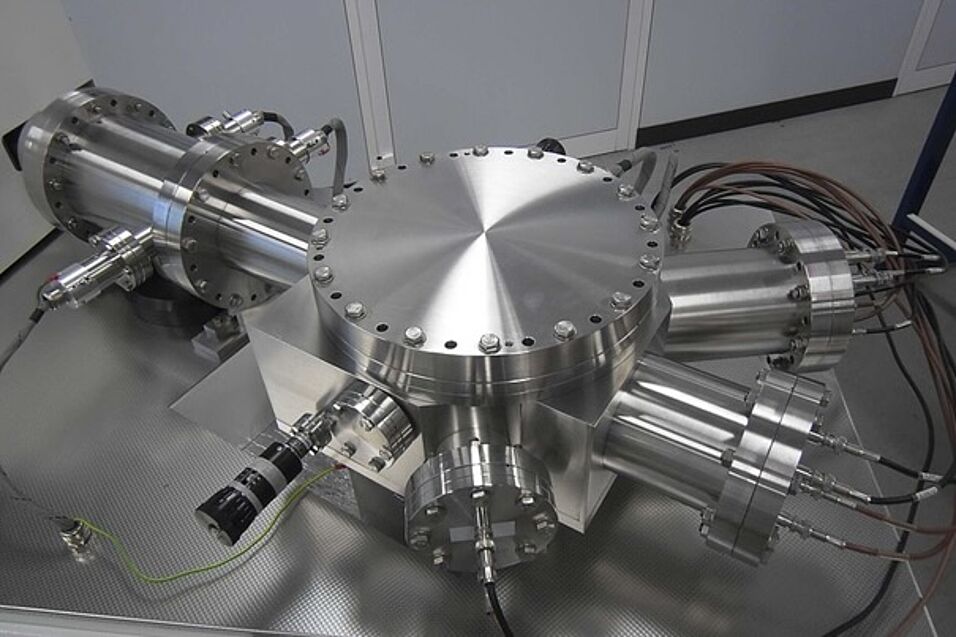The modern global Hg cycle is dominated by anthropogenic emissions from various sources (e.g., gold mining, coal combustion, industrial processes). Mercury can be transformed between different Hg species exhibiting a wide range of physicochemical properties and it is transported in gaseous form via the atmosphere around the globe. Of particular concern is the neurotoxic and bioaccumulating methyl-Hg species which is formed under the influence of anaerobic microorganisms in waterlogged sediments and soils.
Mercury consists of seven stable isotopes and their relative distribution is influenced by both processes causing mass-dependent fractionation (MDF) and mass-independent fractionation (MIF). As a result, the Hg isotope composition of an environmental sample (e.g., soil, water, biota) contains valuable clues on different source materials and the occurrence of different transformation processes which have affected the sample over its history.
We perform high-precision Hg isotope analyses using cold-vapor MC-ICP-MS to determine the Hg isotope “fingerprint” of different environmental samples. Our goal is to elucidate the biogeochemical Hg cycling in natural and anthropogenically influenced ecosystems based on Hg isotope signatures. Our current focus lies on tracing the transport and transformations of Hg at selected field sites in Germany and Switzerland which have been contaminated by the use of different Hg forms at industrial facilities.
Funded by FWF

